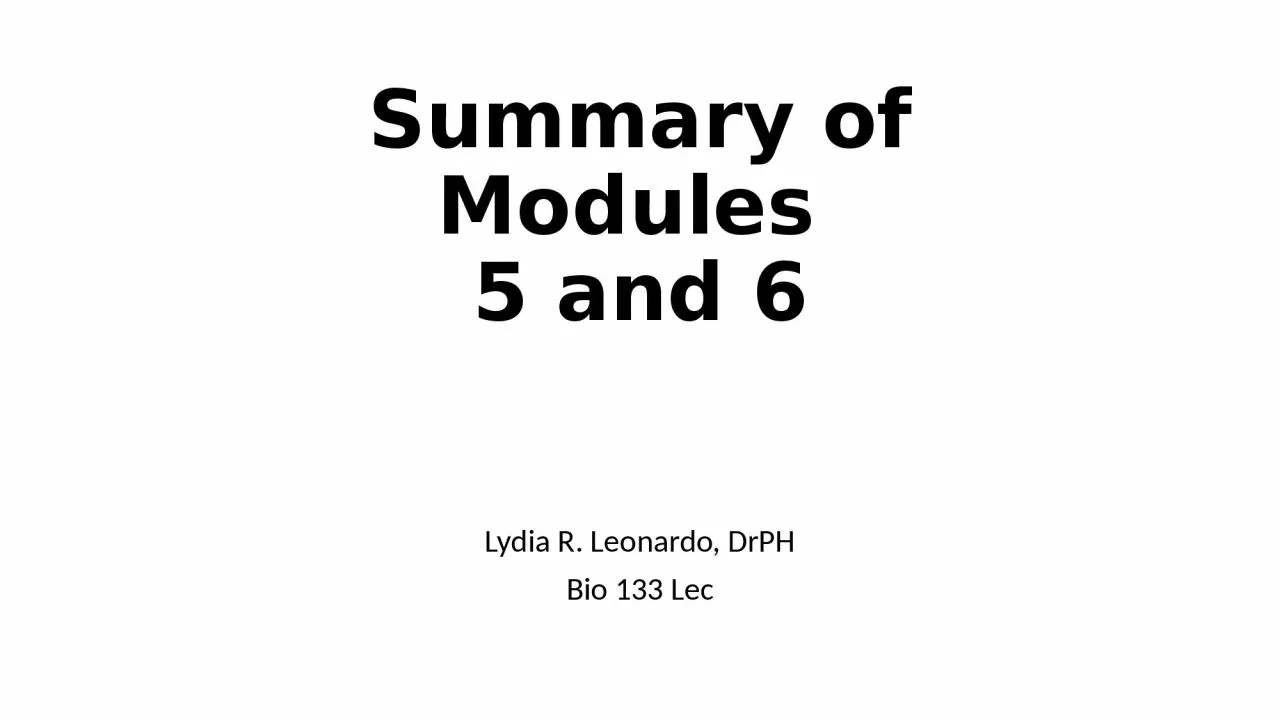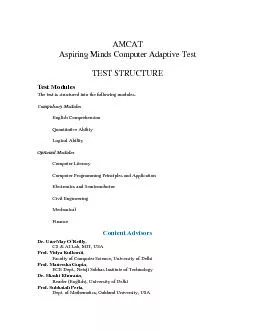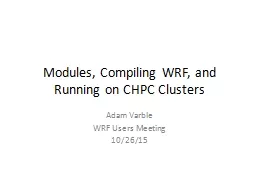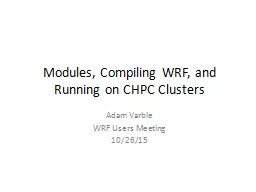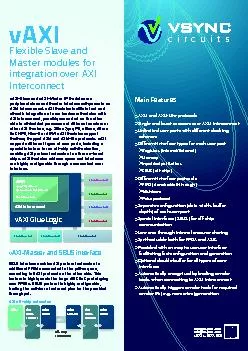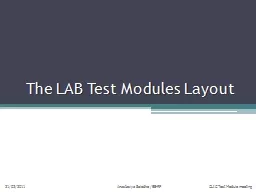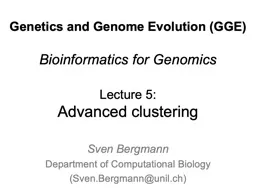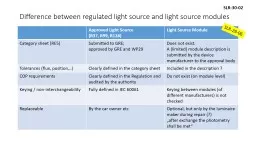PPT-Summary of Modules 5 and 6
Author : harper | Published Date : 2024-03-13
Lydia R Leonardo DrPH Bio 133 Lec Module 5 Cleavage and Blastulation Cleavage Rapid cell division resulting in a single fertilized egg into a multicellular embryo
Presentation Embed Code
Download Presentation
Download Presentation The PPT/PDF document "Summary of Modules 5 and 6" is the property of its rightful owner. Permission is granted to download and print the materials on this website for personal, non-commercial use only, and to display it on your personal computer provided you do not modify the materials and that you retain all copyright notices contained in the materials. By downloading content from our website, you accept the terms of this agreement.
Summary of Modules 5 and 6: Transcript
Download Rules Of Document
"Summary of Modules 5 and 6"The content belongs to its owner. You may download and print it for personal use, without modification, and keep all copyright notices. By downloading, you agree to these terms.
Related Documents

